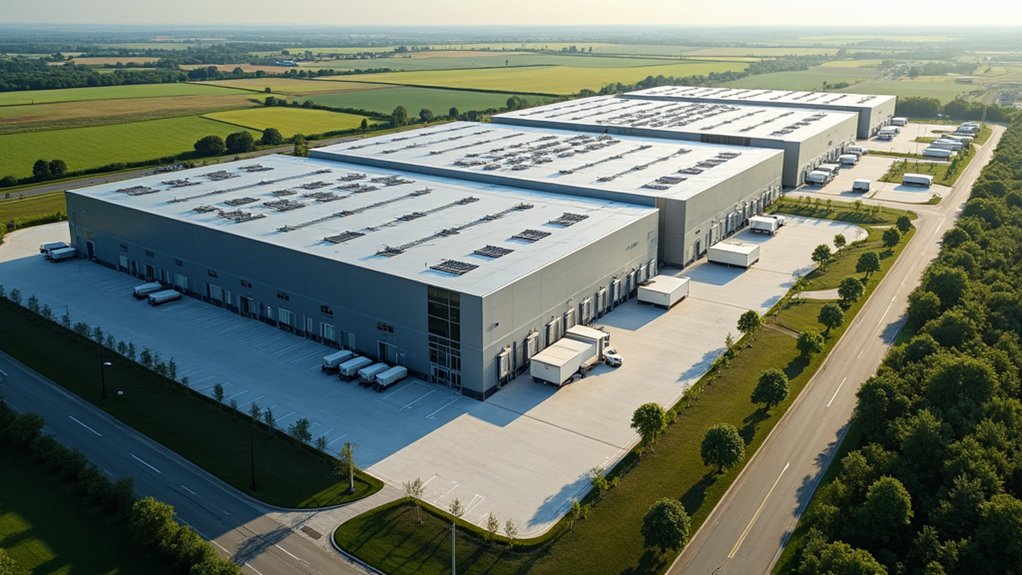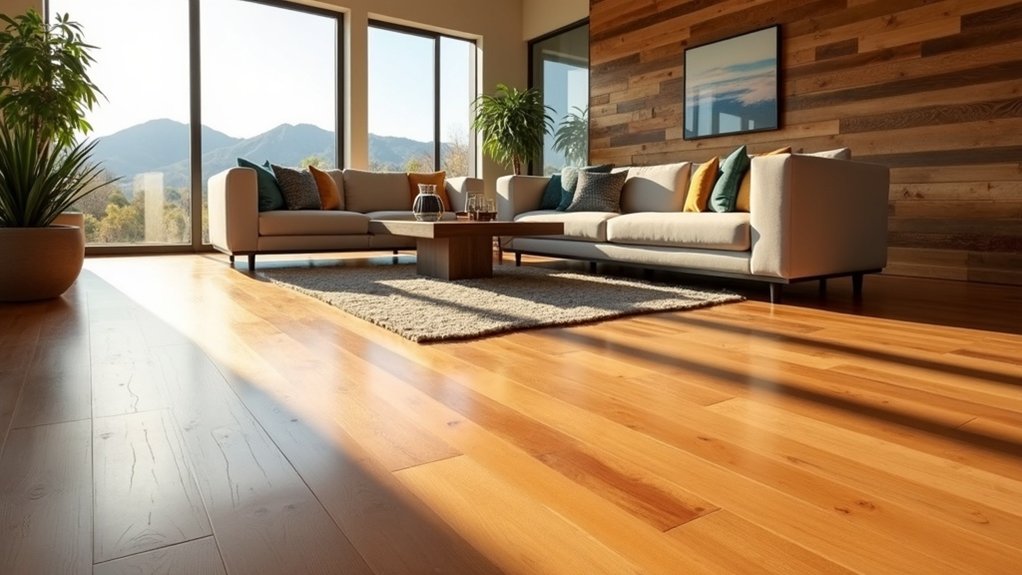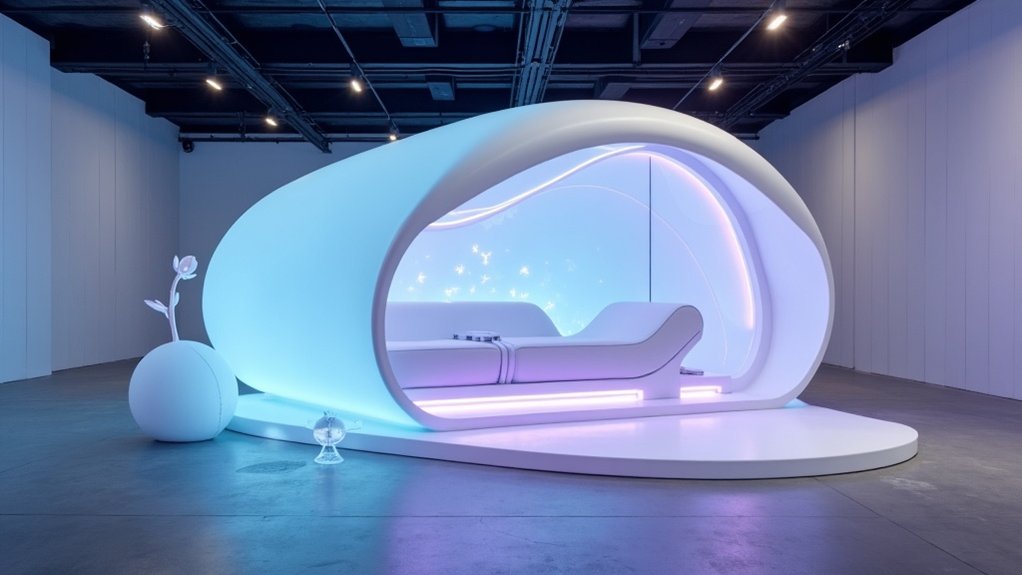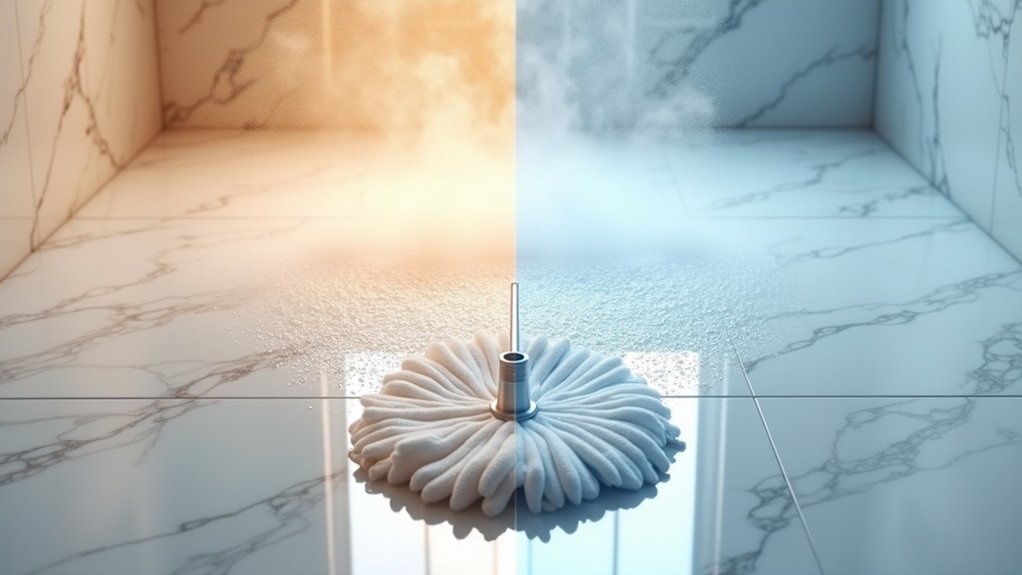While luxury vinyl plank (LVP) flooring has surged in popularity as an affordable alternative to hardwood, mounting evidence suggests these synthetic surfaces may harbor significant health risks that homeowners rarely consider. The primary culprit lies in LVP’s fundamental composition: polyvinyl chloride (PVC), a known carcinogen that forms the backbone of these seemingly innocent floor coverings.
The chemical cocktail within LVP extends beyond PVC to include phthalates and potential dioxins, substances that environmental health experts have flagged for decades. “These chemicals don’t just stay locked in the flooring,” explains Dr. Sarah Mitchell, an indoor air quality specialist. “They continuously off-gas into living spaces, particularly in the months following installation.”
Toxic chemicals in vinyl flooring continuously off-gas into living spaces, particularly during initial months following installation.
Lower-quality products amplify these concerns, often containing higher concentrations of toxic additives that manufacturers use to reduce costs. Many luxury vinyl products incorporate recycled vinyl materials from older homes, which may contain asbestos and other legacy contaminants that manufacturers rarely test for or disclose. Some installers have reported persistent coughing when cutting and handling LVP planks, potentially linked to toxic dust particles released during the installation process.
Families report experiencing unexpected health symptoms after LVP installation, ranging from persistent headaches and respiratory irritation to more severe allergic reactions. The volatile organic compounds (VOCs) released by these floors create an invisible assault on indoor air quality, with concentrations typically peaking during the first few weeks but continuing at lower levels for months or even years.
Children face particularly heightened risks because of their floor-level activities and developing systems. Research indicates that phthalate exposure during vital developmental stages may disrupt hormones and growth patterns. In spite of regulations limiting phthalates in children’s toys, no comparable restrictions exist for flooring materials—a regulatory blind spot that leaves vulnerable populations exposed.
The manufacturing process itself raises additional red flags. PVC production generates substantial greenhouse gases and environmental toxins, while workers in vinyl flooring factories face increased cancer risks from chronic exposure. Recent epidemiological studies have drawn connections between long-term residential exposure to vinyl flooring chemicals and increased incidences of certain cancers.
While newer formulations from reputable manufacturers feature reduced VOC emissions, the fundamental chemistry remains problematic. Homeowners can lessen risks through proper ventilation, air purification systems, and careful product selection, but the question persists: Are the aesthetic and economic benefits worth the potential health trade-offs lurking beneath our feet?







